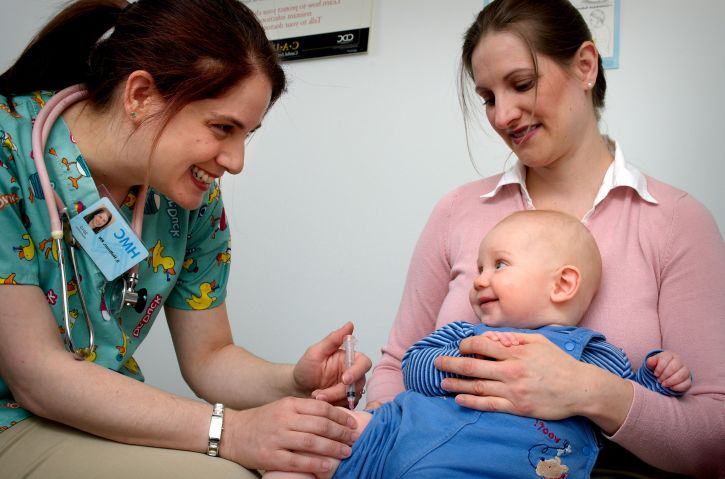
If you’re an American over the age of 25, you may remember chickenpox -- formally known as the varicella zoster virus -- as an inevitable rite of passage. As the Center for Disease Control has written: “Before the availability of varicella vaccine in the United States almost everyone had varicella.” [[source](https://www.cdc.gov/vaccines/pubs/surv-manual/chpt17-varicella.html)]
This is no exaggeration: In the pre-vaccine era, according to American Academy of Pediatrics, chickenpox was a “nearly universal infection” with approximately 4 million cases per year. Though most cases were in children 10 and younger, all age groups could suffer complications leading to significant hospitalizations (between 11,000 and 13,000 annually) and approximately 100 to 150 deaths per year.
With the successful widespread introduction of the varicella vaccine throughout the United States in 1995, the number of reported cases has dropped significantly. Today, illness or death by varicella is rare in the United States.
Though chicken pox is no longer a concern in the developed world, we can use historical data to help other parts of the world that are under-resourced and better prepare for future diseases. Opening the data and visualizing the information gives us better insight into the biological world.
[See the whole Dataset](../dataset/varicella-chickenpox-incidence-and-mortality)